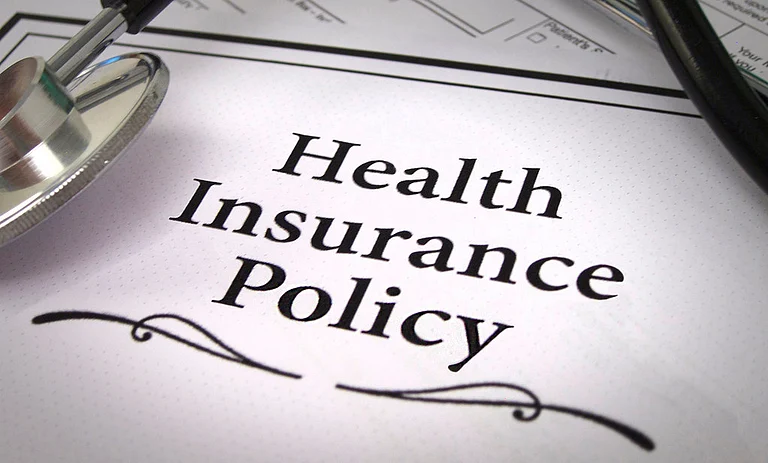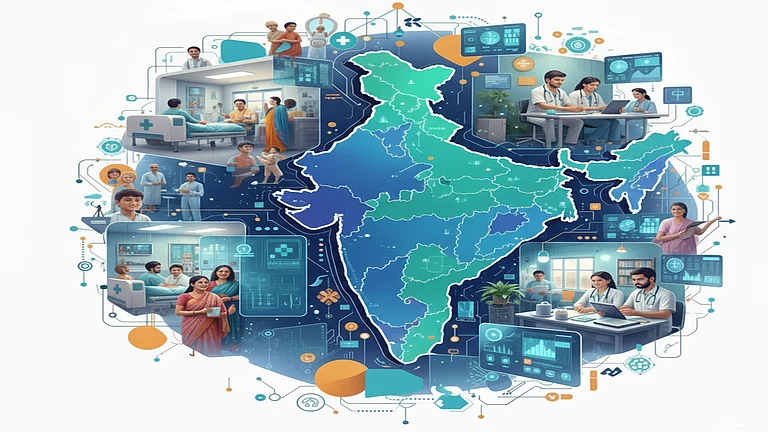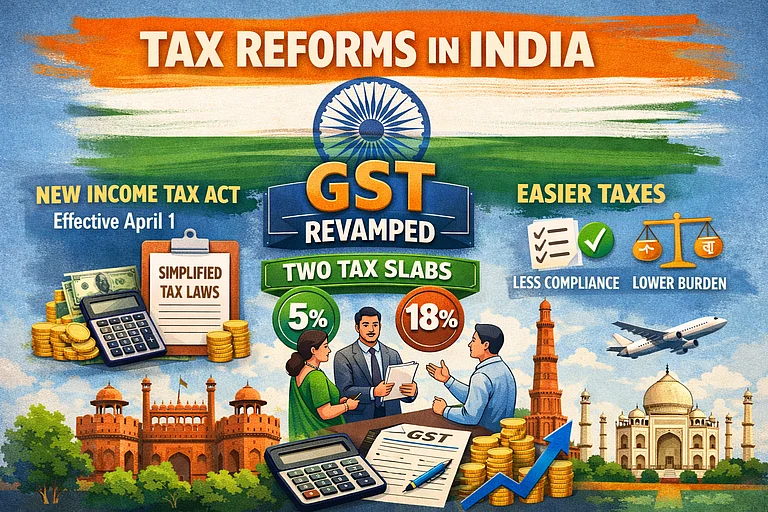It is a belief rooted in hope rather than fact, “If something happens, we’ll manage”. That’s what a 34-year-old man residing in Cochin said when asked about health emergencies. His fallback plan? Emergency savings, some gold, maybe even a family property if things go south. However, he doesn’t have health insurance.
And he is not alone.
Despite a growing awareness of rising medical costs, a majority of population, both buyers and non-buyers of insurance, remain critically underprepared. According to Policybazaar’s latest How India Buys Insurance 2.0 report, 75 per cent of health insurance buyers in the country have a sum insured of Rs 10 lakh or less.
Even more concerning is the fact that 48 per cent have a cover of Rs 5 lakh or less, an amount that won’t even scratch the surface of hefty treatments for any serious or critical illness.
Health insurance has climbed into the top three: “must-have” financial products for Indians, right after gold and fixed deposits. About 28.3 per cent now rank it above equities, mutual funds, or government bonds. But while more people may be buying insurance, the size of the cover tells a story of either complacency, or deep unawareness.
In tier 2 and 3 cities, the situation is worse. Roughly 60 per cent of buyers in these areas have only Rs 5 lakh or less in coverage. In South India, the problem is more acute, 66 per cent of policyholders fall in the lowest coverage gap.
Ironically, these are also the regions from where patients most travel to tier-1 cities for better treatment, triggering additional expenses for travel, accommodation, and co-payments, costs that can quickly render the policy inadequate.
Why is inadequate coverage a spell for disaster?
Take cancer treatment, for instance. A single chemotherapy cycle can cost around Rs 1 lakh. Most patients need at least six. Add surgery and radiation, and still, the bill can easily cross Rs 15 to 20 lakh.
Similarly, a kidney transplant is pegged at around Rs 6.5 lakh, with monthly dialysis costs of Rs 23,000 if the transplant doesn’t happen in time. Liver transplants cost upwards of Rs 20 lakh. These figures do not account for lost income or long-term recovery costs, which could be a dangerous miscalculation.
When a health crisis hits, 79 per cent of non-insured individuals said they would need to borrow money, dip into long-term savings, or sell off family assets like gold or ancestral land to pay medical bills. Only 1 in five feel like they have adequate investments or an emergency fund to manage without going into debt.
These numbers paint a picture of a nation that is waking up to the idea of health insurance, but not fast enough and not with enough urgency. While insurance may now be listed alongside traditional investments, the extent of coverage and the belief that Rs 5 to 10 lakh is sufficient shows that a large section of India is financially vulnerable when it comes to health.
The rise in lifestyle diseases and chronic illnesses only amplifies the risk. Cancer cases in India have grown from 1.46 million in 2022 to an estimated 1.53 million in 2024. Treatments are becoming more advanced and more expensive.
It is time to shift the conversation from simply buying health insurance to whether people are buying enough coverage. Because when illness strikes, Rs 5 lakh coverage might not be enough.

















